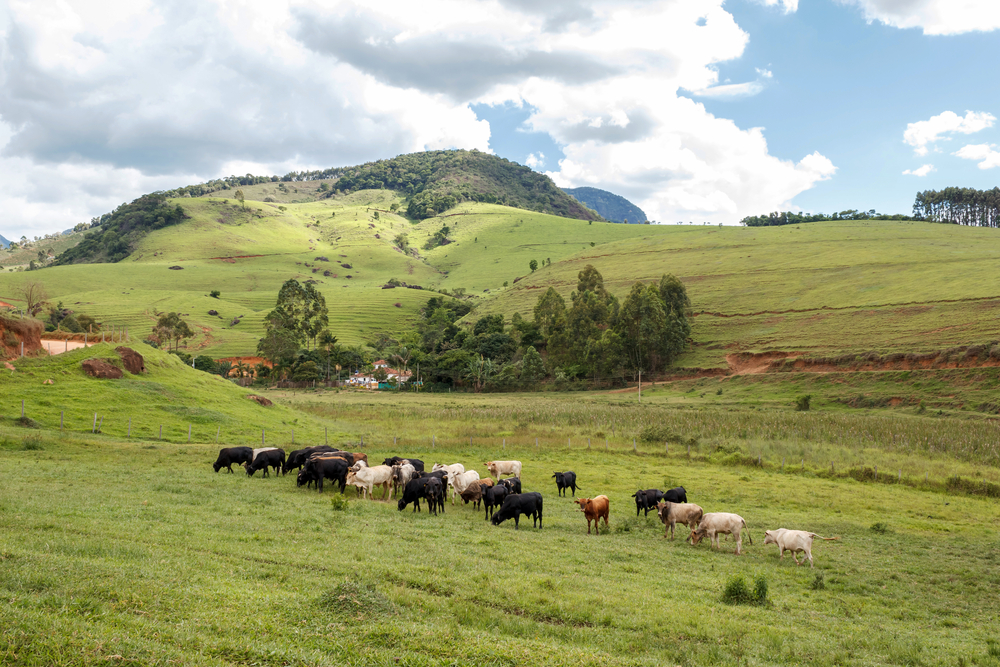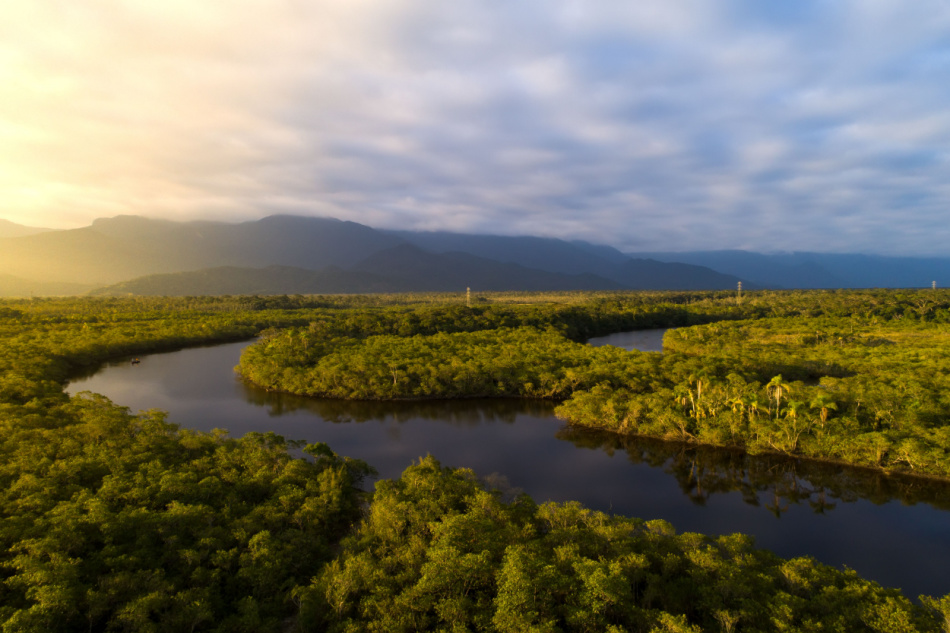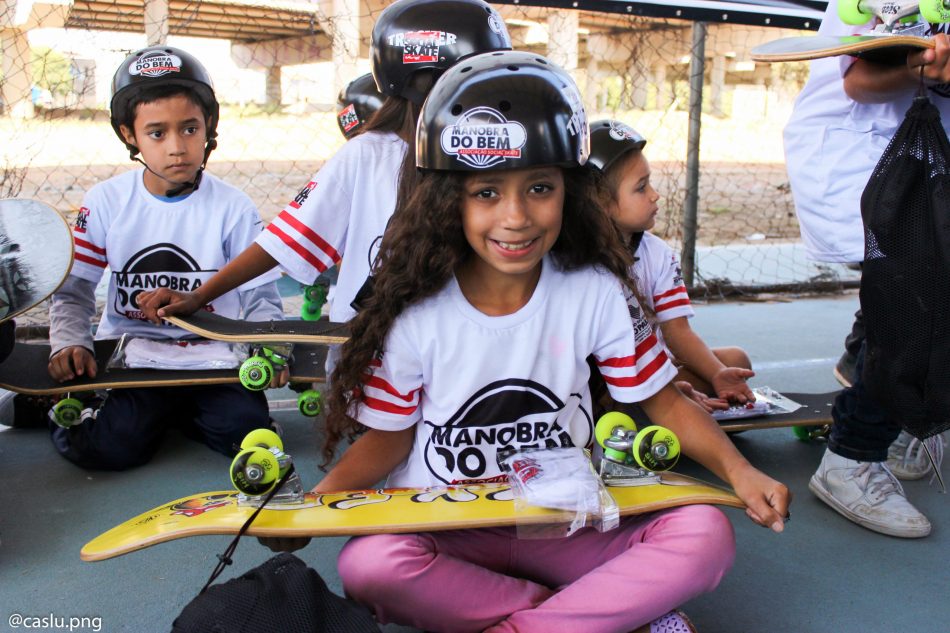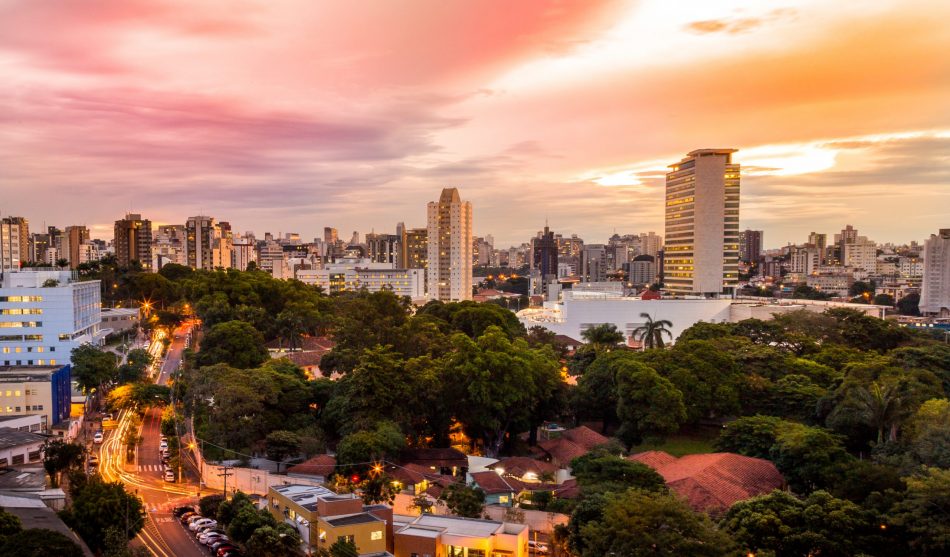
The Supreme Court of Brazil upholds indigenous land rights: a victory for conservation
Brazil's Supreme Court maintained Indigenous communities' land rights in a landmark decision, putting an end to the prospect of potential rollbacks on these critical safeguards. The court's judgment, made after reviewing a lawsuit filed by the state of Santa Catarina, represents a landmark victory Read More...

Deforestation declines in Brazilian Amazon the first month of Lula’s rule
The rate of deforestation in Brazil's Amazon rainforest decreased in January compared to the same month a year ago, satellite data revealed on Friday, marking the first monthly figures under President Luiz Inácio Lula da Silva. According to preliminary satellite data acquired by the Read More...

In a world-first Brazil rules that Paris Agreement is a Human Rights treaty
The Paris Agreement is an international treaty on climate change adopted by 196 Parties at COP21. The overarching goal is to limit global warming to below two degrees Celsius, and ideally keep it only to 1.5 degrees Celsius. In a world-first, the supreme court of Brazil has declared that the Read More...

Mining companies decide against mining Brazil’s Indigenous areas
An important part of the growing movement for the rights of nature is empowering indigenous peoples to steward their lands. Indigenous forests sequester twice as much carbon as those on private or public lands, and these often have the highest levels of biodiversity. The trend now includes 130 Read More...

Study finds forests on indigenous lands sequester twice the carbon
We have written at length, in great volume, and with great enthusiasm about the importance of green spaces in cities, carbon sinks, and environmentally helpful trees in general. Forests are absolutely essential to sequestering carbon and our continued adaptation to a changing climate, but some Read More...

Can NFTs help save the Amazon?
Non-Fungible Tokens, commonly known as NFTs, are crypto-acquired assets in the form of digital art. These “one-of-a-kind” digital pieces rose in popularity last year, with plenty of influential personalities and celebrities purchasing them, often at exorbitant prices. Well, whether you’re Read More...

Watch conservationists release a million baby turtles into the wild
Earlier this week, conservationists released hundreds of thousands of baby turtles into a river at the Amazon border separating Bolivia and Brazil — all in an attempt to preserve the endangered species. Amazon River turtles have faced an increasing number of threats in recent years. Most of Read More...

New AI system helps prioritize and assess ICU patients
A new AI system created by researchers at the University of Washington aims to help doctors during busy periods, like during a global pandemic. How does the technology work? The new algorithm can instruct doctors on which patients need intensive care unit (ICU) treatment and which can be helped Read More...

Social Skate combats crime and violence in Brazil through skateboarding
A decade ago, 43-year-old skateboarder Sandro Soares, known to most as Testinha, together with his wife Leila, launched Social Skate, a charity-funded non-governmental organization that offers free skate lessons to young people in the Calmon Viana neighborhood in the city of Poa, on the outskirts Read More...

How a city of 2.5 million ensures everyone has free access to healthy food
In a nation characterized by abundance, it’s baffling that some 10.5 percent of households in the US suffer from food insecurity. This fact becomes even more stupefying when we consider that an estimated 30 to 40 percent of America’s food supply winds up in the trash. With this in mind, we ask Read More...


